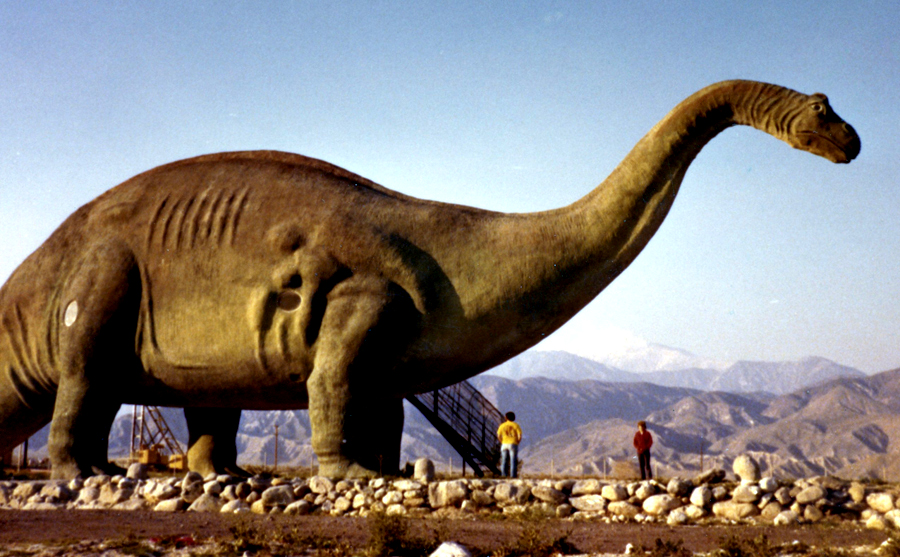Dinosaurs account for a major attraction, right from the days of our childhood. We all loved watching Jurassic Park and fantasizing a life around them. Our jaws dropped in unison whenever we heard a story about them, read about them or saw their pictures. They were too huge to be true, but they were there and lived right here in India.
The State of Gujarat has made some astounding contribution in knowing about the life of Dinosaurs. They covered the entire state in bits and pieces, leaving trails of their life through eggs, fossils, footmarks etc. In the below mentioned, you will discover how India plays a major role in walking you through with the past. Here’s how you can explore Gujarat as an ardent Dinosaur lover.
- Close to 25 different types of Dinosaurs lived in India.

Image Source - Kheda, Gujarat
The once found at Kheda are 600 million years old and were covered by a layer of granite.

Image Source
The fossils were found in the Songhir Bagh Basin, the Himatnagar basin of Balasinor, south-eastern parts of Kheda, Panchmahal and Vadodara districts of the state.
- Kutch, Gujarat
Gujarat was one of the major hatcheries. It is also known as a place where a lot of Dinosaur breeding took place. Kutch is the major attractions in the same regard.

Image Source
The oldest Dinosaur remains were also found in Kutch

Image Source - Ahmedabad, Gujarat
Indroda Dinosaur and Fossil Park in Ahmedabad in the state of Gujarat, India, has been described as the second largest hatchery of Dinosaur eggs in the world.

Image Source
The fossils are from the later Cretaceous period, not the Jurassic. The fossils which were found in upper Cretaceous formations in the region date back 66 million years ago. - Panchmahal, Gujarat
The eggs found in Kheda and Panchmahal district are believed to be of Titanosaurus.

Image Source
Eggs have a circumference of 14-18 cms and the outer layer is 2-2.4 millimeter thick.

Image Source - Jabalpur, Madhya Pradesh & Kheda, Gujarat ( Narmada River Valley)
Between 1982 and 1984, Rajasaurus( abelisaurian theropod dinosaur ) fossilized bones were discovered by Suresh Srivastava of the Geological Survey of India (GSI).

Image Source
Excavated from the Narmada River valley in Rahioli in the Kheda district of Gujarat, India, researchers said that it was one of the most remarkable discovery in the history of Dinosaurs by American and Indian scientists on August 13, 2003. The reconstructed skull is missing some parts, but it has the most important pieces: the jaws and the brain case. Between 25 and 30 feet (7.6 and 9 meters) long, the Rajasaurus was heavy and strong and walked on two legs. – Therefore, their fossils made some remarkable contributions in the history of Dinosaur fossils.
- In the end, the reason of their extinction is believed to be climatic changes, no food, low temperature, meteorites, earthquakes, volcanoes, air pollution and gravitational changes.

Image Source
If only I had known that India’s history is so closely knitted with Dinosaurs, I would have fantasized them in my own land, than in any foreign one! What a great thing to know that India is such a great contributor in the entire study.
On the plus side, this is the only place in the entire world that allows you to touch the fossils.
About the author:
Shewali loves to cook. She is mostly travelling; if not blabbering or gorging. That’s all folks!



